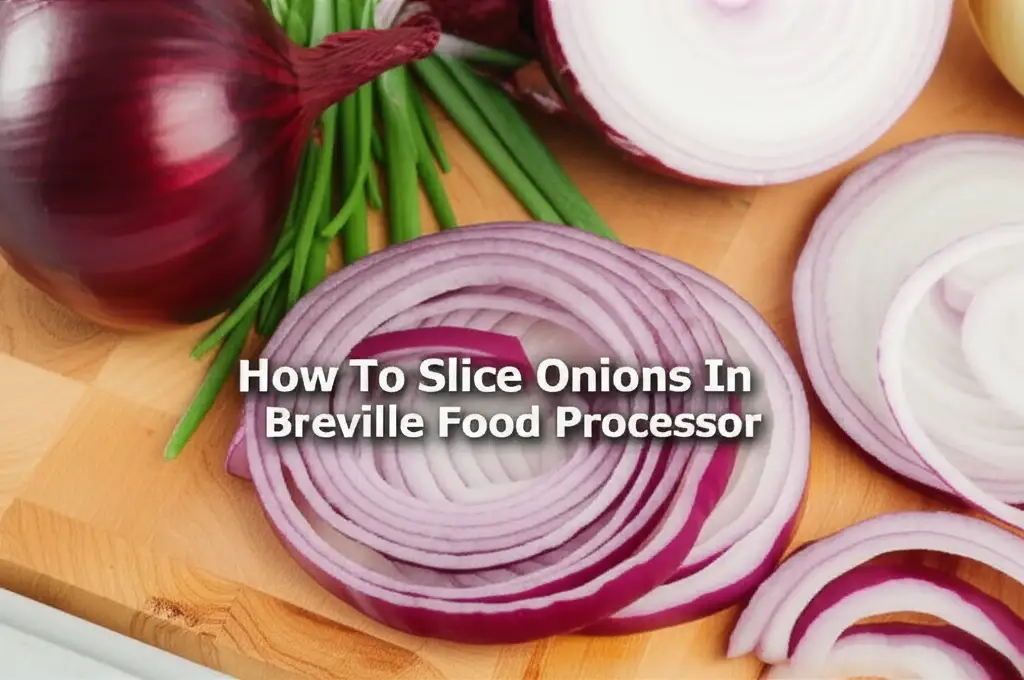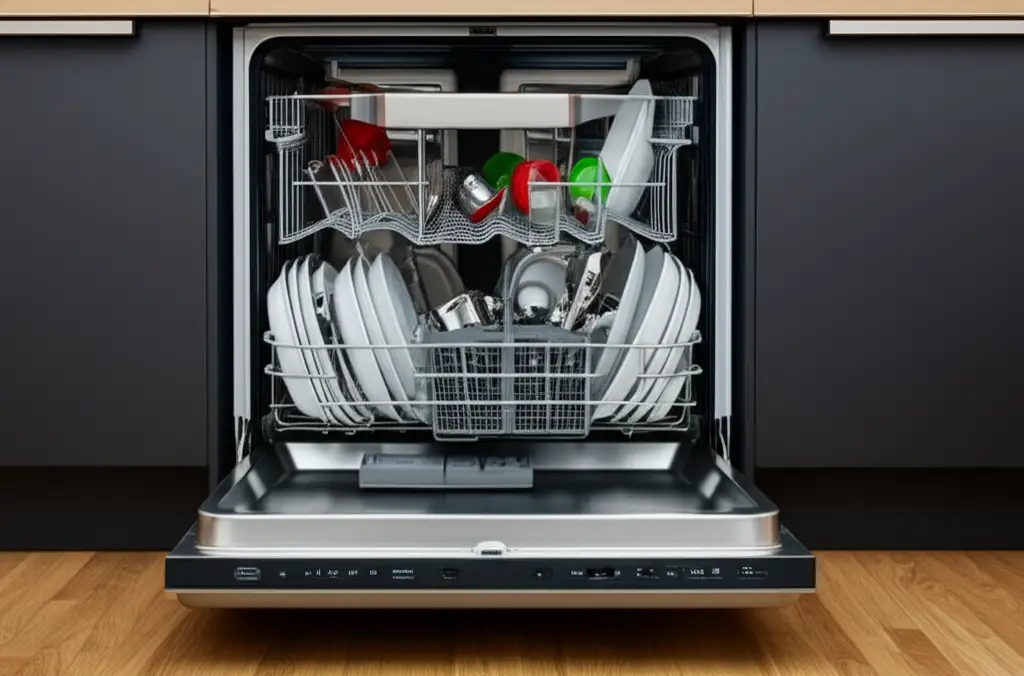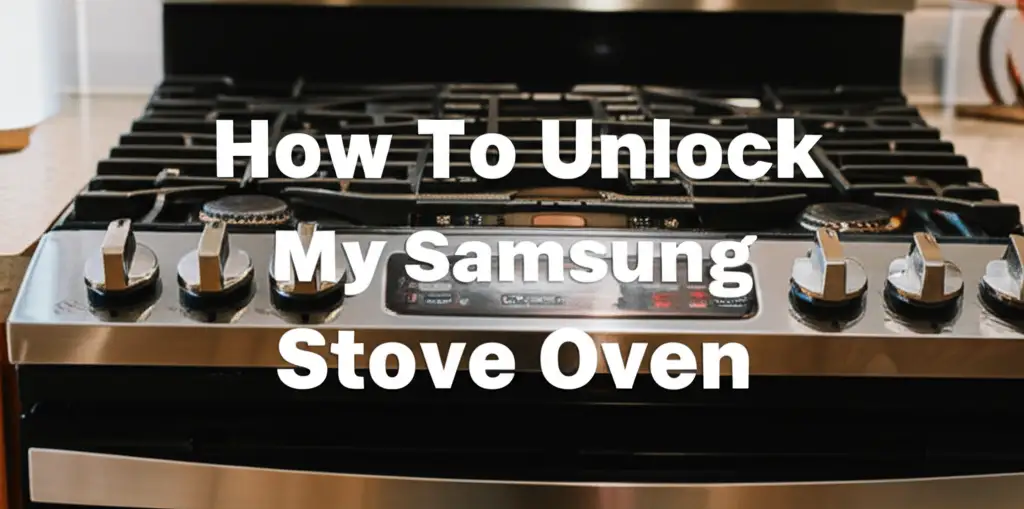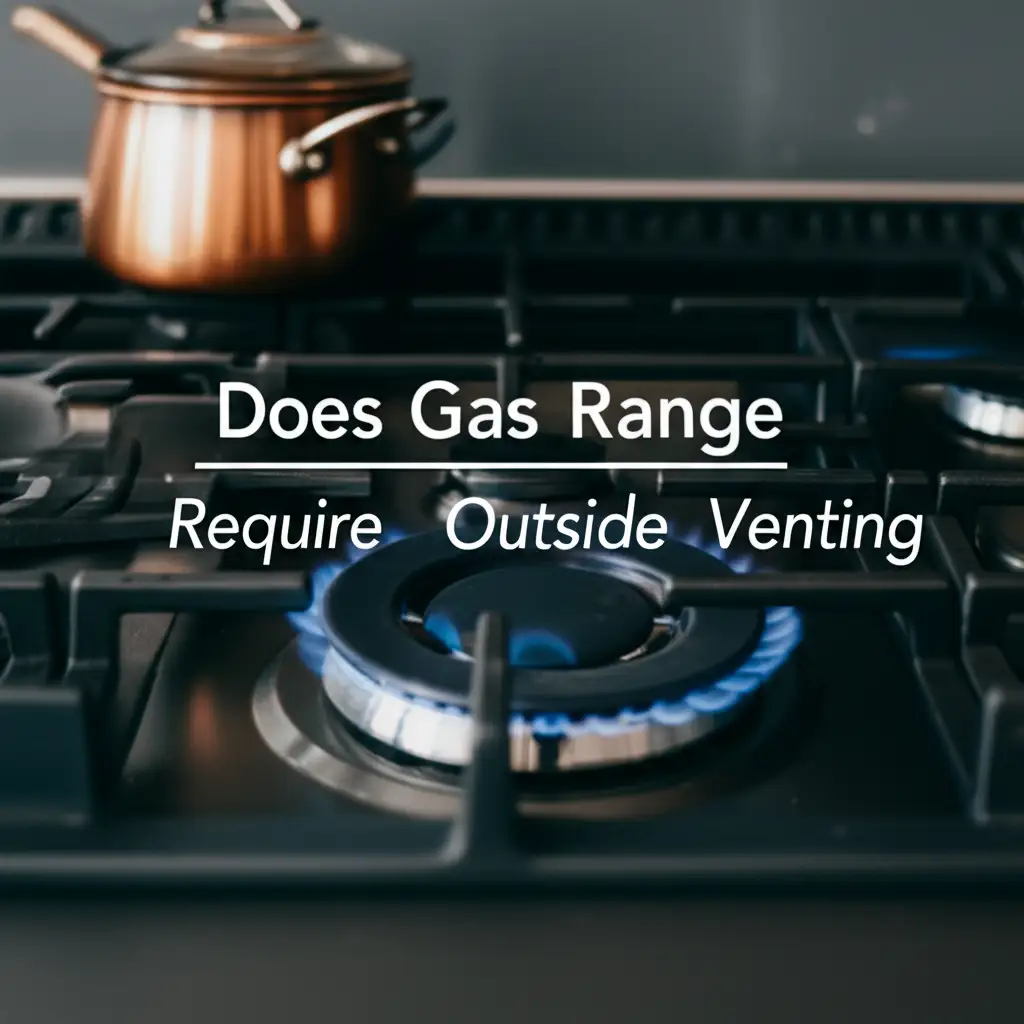· Elira Thomsen · Kitchen Appliances · 16 min read
Does Slow Cooker Cook Rice
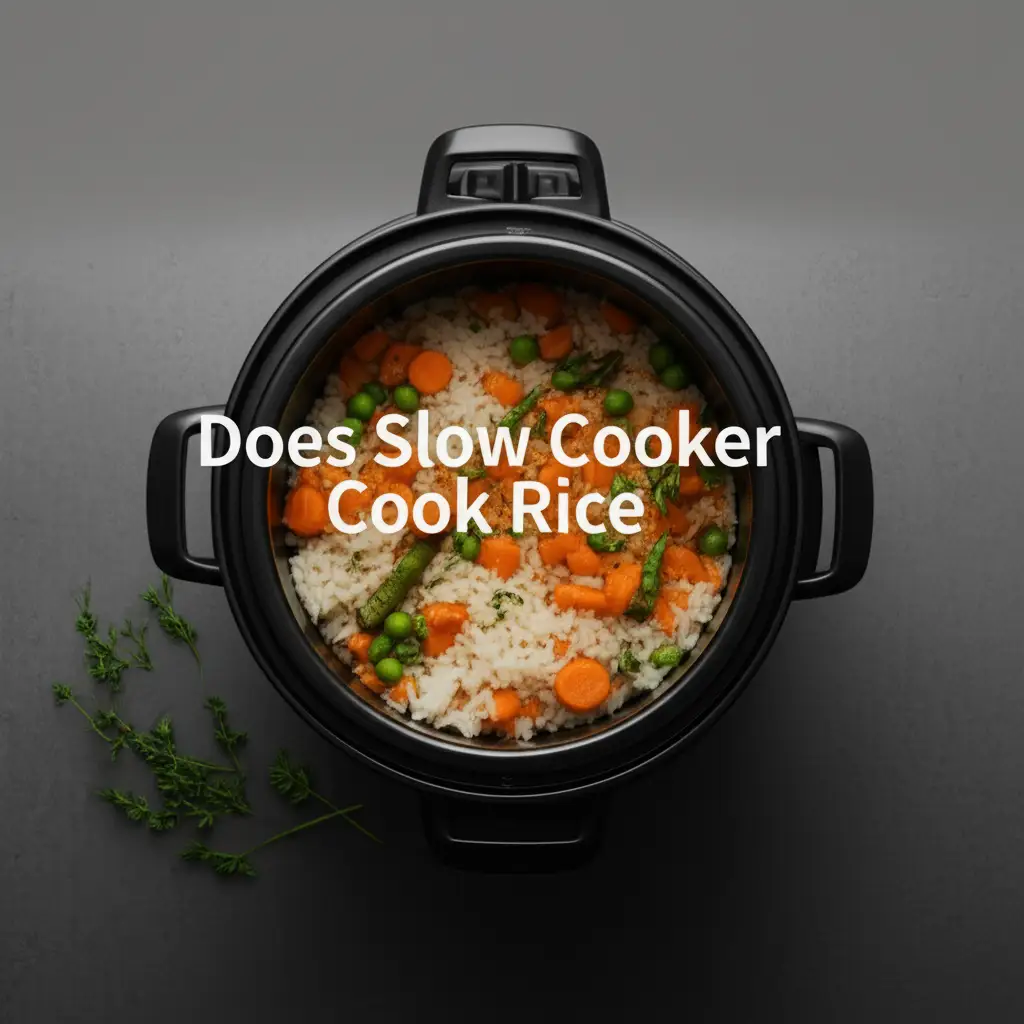
Unlock Perfect Rice: Does Slow Cooker Cook Rice Effortlessly?
Imagine walking into your kitchen, and perfectly cooked, fluffy rice waits for you. No stirring, no watching the pot, no scorching. Many home cooks wonder, “Does slow cooker cook rice?” The answer is a resounding yes! A slow cooker can indeed become your secret weapon for hands-off rice preparation.
I remember my own frustration with stovetop rice. It always felt like a delicate balance. Too much water, too little heat, or a quick peek under the lid could ruin everything. Then, I discovered the slow cooker for rice. It transformed my meal prep. This method offers incredible convenience, freeing up your stovetop and allowing you to focus on other parts of your meal. This article explores how a slow cooker prepares rice. We will look at different rice types, proper liquid ratios, and practical tips for success. Get ready to embrace an easier way to cook this staple grain.
Takeaway:
- Yes, slow cookers cook rice well. They provide consistent, gentle heat.
- Choose the right rice and ratio. White rice is easiest, brown rice takes longer and needs more liquid.
- Cook on the LOW setting. This prevents scorching and ensures even cooking.
- Do not lift the lid. This releases heat and steam, affecting the cooking process.
- Enjoy hands-off convenience. The slow cooker frees your time for other tasks.
Can a Slow Cooker Really Cook Rice?
Yes, a slow cooker can effectively cook rice, delivering fluffy, evenly cooked grains with minimal oversight. It leverages gentle, consistent heat, making it a convenient method for various rice types, from white to brown, and frees up stovetop space for other dishes.
Unlocking Fluffy Grains: The Slow Cooker Rice Revolution
Many people think of slow cookers only for stews or roasts. Yet, these kitchen appliances excel at preparing grains, especially rice. A slow cooker provides a stable, low-temperature environment. This environment is ideal for rice absorption. The appliance uses gentle, consistent heat over a longer period. This differs from the high, direct heat of a stovetop. Stovetop cooking often leads to unevenly cooked or burnt rice.
I first tried cooking rice in my slow cooker out of curiosity. I was amazed at the results. The rice cooked perfectly from edge to edge. It had no burnt spots at the bottom. The slow cooker prevents rapid evaporation of liquid. This ensures that the rice absorbs water uniformly. This method removes the need for constant monitoring. You simply combine the ingredients, set the timer, and let the cooker do its work. This hands-off approach makes it a game-changer for busy households. It truly revolutionizes how you can cook a simple staple.
How Slow Cookers Work Their Magic on Rice
A slow cooker heats its contents slowly. This heating method differs from boiling water quickly. Rice absorbs liquid slowly through this process. It steams gently within the pot. The sealed lid traps moisture effectively. This consistent moisture ensures each grain cooks evenly. It avoids the dry or crunchy spots common with other methods.
This consistent, low heat prevents rice from becoming mushy. It also stops it from sticking together excessively. It creates distinct, fluffy grains. The process is forgiving. This means minor variations in cooking time are less likely to ruin the batch. For me, this reliability means less stress during meal preparation. It means more consistently good outcomes every time.
Selecting the Perfect Rice for Your Slow Cooker
Not all rice types behave the same way in a slow cooker. Choosing the right kind of rice ensures success. Different grains have varied absorption rates and cooking times. Understanding these differences helps you achieve the best texture. I have experimented with many types, and some work much better than others.
Best Rice Types for Slow Cookers
- White Rice (Basmati, Jasmine, Long-Grain): These are generally the easiest to cook in a slow cooker. They absorb water predictably. They produce light and fluffy results. I often use Jasmine rice for its aromatic quality.
- Brown Rice: Brown rice takes longer to cook. It also requires more liquid than white rice. Its bran layer makes it chewier and more nutritious. Be prepared for a longer cooking time.
- Wild Rice: Similar to brown rice, wild rice needs even more time and liquid. It has a robust, nutty flavor. It works well in certain slow cooker recipes.
Rice Types to Approach with Caution
- Sushi Rice/Short-Grain Rice: These varieties are naturally stickier. They can become overly gummy in a slow cooker. The consistent, gentle heat might not achieve the specific texture needed for sushi.
- Arborio Rice (Risotto): Risotto requires constant stirring and gradual liquid addition. This method is incompatible with slow cooker principles. A slow cooker cannot replicate the creamy texture of a true risotto.
- Pre-Rinsing Rice: I always recommend rinsing your rice before cooking. Rinsing removes excess starch. This step helps prevent stickiness. It promotes individual, fluffy grains. You can skip this step if the recipe states otherwise.
Experiment with different types to find your preference. Just remember that patience is key with heartier grains like brown and wild rice.
Simple Steps to Slow Cooker Rice Perfection
Cooking rice in a slow cooker is straightforward. It requires minimal effort. Follow these steps for consistently perfect results. I have refined this process over time, and it works every time.
Step-by-Step Instructions
- Rinse the Rice: Place your desired amount of rice in a fine-mesh sieve. Rinse it under cold running water until the water runs clear. This removes excess starch, which prevents clumping. This step makes the rice fluffier.
- Combine Ingredients: Add the rinsed rice to your slow cooker pot. Pour in the appropriate amount of liquid (water or broth). Add a pinch of salt and a tablespoon of butter or oil for flavor and texture.
- Choose Your Setting: Always cook rice on the LOW setting. The higher heat of the HIGH setting can scorch the bottom. It also makes the rice mushy. Low heat ensures gentle, even cooking.
- Cover and Cook: Place the lid firmly on the slow cooker. Do not remove it during the cooking process. Lifting the lid releases crucial heat and steam. This lengthens the cooking time. It can also affect the final texture.
- Rest and Fluff: Once the cooking time is complete, unplug the slow cooker. Leave the lid on for an additional 10-15 minutes. This resting period allows the rice to absorb any remaining moisture. It helps the grains firm up. After resting, remove the lid and gently fluff the rice with a fork.
Understanding Rice-to-Liquid Ratios
The rice-to-liquid ratio is crucial for success. These ratios offer a starting point. You may need slight adjustments based on your specific slow cooker model. Different slow cookers can vary in how much moisture they retain.
- For White Rice (Jasmine, Basmati, Long-Grain): Use 1 cup of dry rice to 1.5 - 1.75 cups of liquid. Cook for 2-3 hours on LOW.
- For Brown Rice: Use 1 cup of dry brown rice to 2 - 2.5 cups of liquid. Cook for 3-4 hours on LOW.
Compared to quick cooking methods, slow cooking offers a different type of convenience. For example, if you need a meal quickly, knowing how to microwave Zatarain’s Yellow Rice can be a lifesaver. However, the slow cooker provides hands-off cooking over a longer duration, ideal for busy days when you want to set it and forget it.
Achieving the Ideal Rice-to-Liquid Ratio
Getting the rice-to-liquid ratio right is perhaps the most critical factor for perfect slow cooker rice. Too much liquid results in mushy rice. Too little leads to undercooked, crunchy grains. This balance directly impacts the final texture of your rice. I have found that a slight adjustment can make all the difference between good and great rice.
General Guidelines for Different Rice Types
- White Rice (Jasmine, Basmati, Long-Grain): A good starting point is 1 cup of rice to 1.5 cups of liquid. Some slow cooker models or desired textures might prefer up to 1.75 cups of liquid. I usually stick to 1.5 cups for a firmer grain.
- Brown Rice: Brown rice requires more liquid due to its bran layer. Aim for 1 cup of brown rice to 2 - 2.25 cups of liquid. This extra liquid ensures the tougher outer layer softens properly.
- Wild Rice: This often needs even more liquid, around 2.5 to 3 cups of liquid per cup of wild rice, given its hardier nature.
Factors Affecting the Ratio
Several factors can influence the ideal ratio:
- Your Slow Cooker Model: Some slow cookers seal more tightly, retaining more moisture. Others might lose a bit more through the lid. You may need to slightly decrease or increase liquid based on your cooker’s performance.
- Desired Consistency: If you prefer slightly softer rice, add a touch more liquid. For firmer rice, use slightly less.
- Altitude: At higher altitudes, water boils at a lower temperature. This can mean food needs more liquid and longer cooking times.
- Age of Rice: Older rice can sometimes be drier and require a bit more liquid to hydrate fully.
Enhancing Flavor with Liquid Choices
You do not have to use just water. Broth (chicken, vegetable, or beef) adds a depth of flavor. Coconut milk can create a wonderfully aromatic rice for Asian-inspired dishes. Just remember that thicker liquids might require minor adjustments to the overall volume. This ratio is your recipe’s foundation. Master it, and your slow cooker rice will always impress.
Benefits of Hands-Off Rice Cooking with a Slow Cooker
Using a slow cooker for rice offers many advantages beyond just perfectly cooked grains. This method streamlines your cooking process. It offers remarkable convenience. I have come to appreciate these benefits greatly, especially on busy weeknights.
Unmatched Convenience
The primary benefit is convenience. You simply add rice and liquid, set the cooker, and walk away. There is no need to monitor a pot. There is no risk of boil-overs or scorching. This frees your time for other tasks. You can prepare other meal components or attend to family needs. This “set it and forget it” approach fits perfectly into a busy lifestyle. Just as some modern appliances manage tasks like heating their own water for ultimate ease, a slow cooker frees you from constant oversight.
Freeing Up Stovetop Space
Kitchen space, especially stovetop burners, is often at a premium. Cooking rice in a slow cooker liberates a burner. This is invaluable when preparing multi-course meals. You can use your stovetop for sautéing vegetables, simmering sauces, or cooking proteins. This simple shift in cooking method optimizes your kitchen workflow.
Consistent Results and Reduced Waste
The slow cooker’s gentle, consistent heat yields reliable results every time. It eliminates the guesswork common with stovetop methods. This means less chance of undercooked or burnt rice. Consistent outcomes lead to less food waste. You get edible, delicious rice with every batch. This consistency adds to your confidence in the kitchen.
Perfect for Meal Prep and Larger Batches
A slow cooker is excellent for meal prepping. You can cook large quantities of rice at once. This rice can then be stored for use throughout the week. This saves time on future cooking sessions. It is also ideal for feeding a crowd. You can easily scale up recipes without needing multiple pots.
These benefits highlight why the slow cooker is a smart choice for rice preparation. It turns a common cooking task into a stress-free experience.
Troubleshooting Common Slow Cooker Rice Issues
Even with the simplicity of slow cooking, issues can arise. Understanding how to fix them ensures your rice is always perfect. I have encountered these problems myself and learned how to tackle them.
Mushy Rice
Problem: Your rice is soft, sticky, or resembles porridge. Cause: This usually means too much liquid, too long cooking time, or cooking on too high a setting. Solution:
- Reduce liquid: Next time, decrease the liquid by 1/4 cup per cup of rice.
- Adjust cooking time: If your cooker runs hot, shorten the cooking time by 15-30 minutes.
- Use LOW setting: Always cook rice on LOW. The HIGH setting is too intense for rice.
- Do not lift the lid: Avoid peeking. This lets out heat and steam, which can affect consistency.
Crunchy or Undercooked Rice
Problem: The rice is hard, chewy, or has uncooked spots. Cause: Not enough liquid, cooking for too short a time, or too much lid lifting. Solution:
- Increase liquid: Add 1/4 cup more liquid per cup of rice next time.
- Extend cooking time: Cook for an additional 30-60 minutes on LOW.
- Resist peeking: Keep the lid sealed throughout the cooking cycle.
- Ensure cooker is hot: Make sure your slow cooker is plugged in and set correctly.
Sticky or Gummy Rice
Problem: Rice grains clump together excessively. Cause: Not rinsing the rice, using a type of rice that naturally produces more starch, or using too much liquid. Solution:
- Rinse thoroughly: Always rinse your rice under cold water until it runs clear. This removes surface starch.
- Use appropriate rice type: Stick to long-grain white rice for fluffier results. Avoid short-grain or sushi rice unless you want a sticky texture.
- Check liquid ratio: Ensure you are using the correct liquid-to-rice ratio.
You might understand the concept of pre-treatment from other household tasks, like when you consider [what ‘soak’ means on a washing machine](https://cosyhomecreation.com/what-does-soak-mean-on a-washing-machine) for tougher stains. Similarly, some cooks consider pre-soaking rice to reduce stickiness, although rinsing often suffices for slow cooker rice.
Burnt Bottom
Problem: The rice at the bottom of the pot is browned or stuck. Cause: Too high a heat setting, too little liquid, or cooking for too long. Solution:
- Always use LOW: This prevents scorching.
- Increase liquid slightly: A little more liquid can protect the bottom layer.
- Check cooking time: Reduce cooking time if rice is done but burning at the bottom.
- Consider ceramic insert: Some ceramic inserts heat more evenly than others.
By understanding these common issues and their solutions, you can confidently achieve perfect slow cooker rice every time.
Beyond Basic Grains: Flavorful Slow Cooker Rice Creations
Once you master basic slow cooker rice, a world of flavor opens up. You can easily transform plain rice into a star dish. I love experimenting with different additions. These additions elevate a simple side into something special.
Infusing Flavor into Your Rice
- Use Broth Instead of Water: Replace plain water with chicken, vegetable, or beef broth. This immediately adds depth and savory notes. I often use vegetable broth for a richer flavor profile.
- Aromatic Additions: Stir in herbs like bay leaves, thyme, or rosemary before cooking. A diced onion or garlic cloves can also infuse a wonderful aroma. Just remember to remove larger pieces before serving.
- Spices for a Kick: Add a pinch of turmeric for color and earthy flavor. Cumin, paprika, or chili powder can give your rice a global twist. Start with small amounts and adjust to your taste.
- Richness with Fat: A tablespoon of butter or a drizzle of olive oil enhances the texture. It also helps carry flavors. Coconut oil can give a tropical hint, especially with jasmine rice.
Creative Rice Variations
- Rice Pilaf: Sauté diced onions and garlic in a pan before adding them to the slow cooker with rice. Use chicken broth and add a handful of frozen peas and carrots towards the end of cooking.
- Mexican Rice: Stir in tomato sauce, chili powder, cumin, and diced bell peppers with the rice and water. A squeeze of lime juice after cooking brightens the flavors.
- Lemon Herb Rice: Add lemon zest and fresh parsley or dill to your cooking liquid. This creates a light, refreshing side dish.
- Coconut Rice: Use coconut milk as part of your liquid for a creamy, fragrant rice. This pairs wonderfully with curries or grilled fish.
- Rice for Meal Bases: Cook a large batch of plain rice. Use it as a base for burrito bowls, stir-fries, or as a side for chili. The slow cooker makes this meal prep quick and easy.
Do not be afraid to experiment. The slow cooker is forgiving. It allows you to create many delicious rice dishes with minimal fuss.
FAQ Section: Your Top Slow Cooker Rice Questions Answered
Q1: Can I cook brown rice in a slow cooker?
Yes, you can cook brown rice in a slow cooker. Brown rice requires more liquid and a longer cooking time compared to white rice. Use 2 to 2.25 cups of liquid per 1 cup of brown rice. Cook it on the LOW setting for approximately 3 to 4 hours. Ensure you do not lift the lid during cooking for the best results.
Q2: How long does it take to cook rice in a slow cooker?
Cooking time varies by rice type and slow cooker model. White rice typically takes 2 to 3 hours on the LOW setting. Brown rice usually requires 3 to 4 hours on LOW. Always ensure the slow cooker is on the LOW setting for rice. Higher heat can scorch the bottom or make the rice mushy.
Q3: Do I need to soak rice before putting it in the slow cooker?
No, soaking rice is generally not necessary for slow cooker rice. Rinsing the rice under cold water until it runs clear is sufficient. Rinsing removes excess surface starch. This step helps prevent the rice from becoming too sticky or clumpy. Soaking does not significantly impact cooking time or texture in a slow cooker.
Q4: Can I use broth instead of water for slow cooker rice?
Yes, using broth instead of water is an excellent way to add flavor to your slow cooker rice. You can use chicken, vegetable, or beef broth. The liquid ratio remains the same. Broth enhances the savory notes of the rice, making it a more flavorful side dish or base for meals.
Q5: What if my slow cooker rice is mushy or crunchy?
If your rice is mushy, you likely used too much liquid or cooked it too long. Reduce liquid next time. If it is crunchy, you used too little liquid or did not cook it long enough. Increase liquid. Always ensure your slow cooker is on the LOW setting. Avoid lifting the lid during cooking to maintain proper heat and moisture.
Conclusion: Embrace Effortless Rice with Your Slow Cooker
Cooking rice does not need to be a complex task. Your slow cooker offers a simple, hands-off solution. We have explored how a slow cooker can cook rice perfectly. We covered choosing the right rice types, mastering liquid ratios, and troubleshooting common issues. From fluffy white rice to hearty brown grains, your slow cooker handles it all with ease.
I have found that the convenience of preparing rice this way is unmatched. It frees up stovetop space and delivers consistent results every time. Say goodbye to burnt bottoms or undercooked centers. Embrace the “set it and forget it” method. Start experimenting with different flavors and make slow cooker rice a staple in your kitchen. Your future meals, and your peace of mind, will thank you. Get ready to enjoy perfectly cooked rice, effortlessly, any day of the week.


